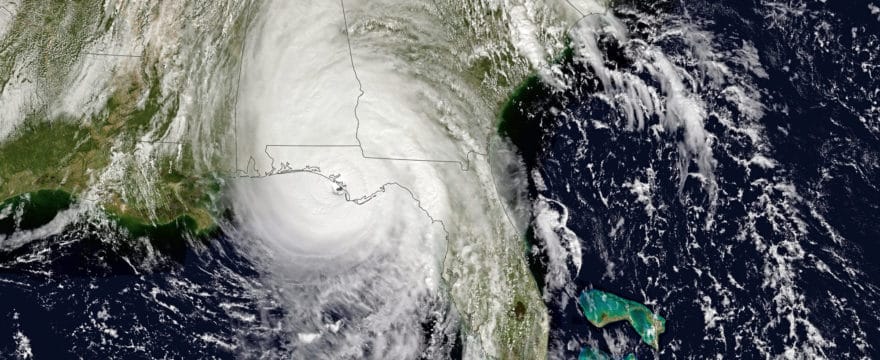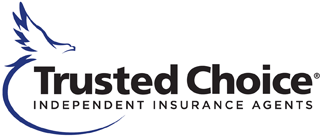In 2018, Hurricane Michael pummeled the Florida panhandle, causing approximately $25 billion in damage and devastating local communities. According to reporters from CNN, Hurricane Michael was a Category 5 storm when it hit the coast, making it the strongest hurricane to make landfall in the United States since Hurricane Andrew in 1992. In the aftermath of the storm, Governor Rick Scott ordered Florida’s insurance regulator to ensure that property insurance rates would not be increased for at least 90 days; unfortunately, insurers started raising rates quickly after the order expired, leaving some Florida homeowners unable to find affordable policies.
Assessing the Damage
When Hurricane Michael finally ended, property owners were left to clean up the damage. For some of those people, having their losses covered by insurance wasn’t as easy as they expected. Many residents quickly found out that their policies didn’t cover any damage caused by rising water; even more disheartening, thousands of people had to pay higher-than-usual hurricane deductibles, making it difficult to recover from the storm.
Insured Losses
Although Hurricane Michael caused approximately $25 billion in damage, not all of the losses were covered by insurance. As of November 2019, property owners had filed nearly 150,000 claims; of these claims, 89% have been closed. The Insurance Information Institute estimates that the average amount per claim was $65,890, bringing the total amount of insured losses to $7.4 billion. In addition to losses covered by traditional property insurance, this estimate includes claims filed under flood insurance, umbrella policies and business-interruption insurance.
For homeowners in the Florida panhandle, the high amount of covered losses is bad news. After a natural disaster like Hurricane Michael, many insurers raise their rates in an attempt to recoup some of the money they spent to close hurricane-related claims. Rates increase across the board, which means all policyholders must pay higher premiums, even if they didn’t file any claims after the storm.
Previous Hurricanes
Further complicating matters is the fact that Hurricane Michael occurred just one year after Hurricane Irma, which caused widespread destruction in the Florida Keys. As of June 2018, insured losses from Hurricane Irma totaled $23 billion; at that time, insurers had not even finished paying out all Irma-related claims.
Hurricane Maria and Hurricane Harvey also battered Florida’s coastline in 2017, leading to record-breaking damage totals. Angela Fritz of The Washington Post reports that Harvey may have caused $180 billion in damage across Florida, Texas, the US Virgin Islands and Puerto Rico, making it one of the most destructive hurricanes in American history. The fact that these severe storms all took place a year before Hurricane Michael means that insurance companies are still scrambling to recoup their staggering losses.
Pricing Trends
The high amount of insured losses associated with Hurricane Michael, the severity of the 2017 and 2018 hurricane seasons and the large number of claims filed by property owners have caused insurance premiums to increase for many homeowners. Not all companies have raised their rates, but many have, especially companies struggling with poor loss ratios. In the insurance industry, a loss ratio refers to the amount of money that is paid out in claims compared to the amount of money generated by premiums.
Just because some companies are increasing their rates doesn’t mean it’s impossible to save money on essential coverage. One way to save is to request a quote from Harris Insurance, a Florida insurance agency that has been in business since 1965. With our 150+ company portfolio, it is our promise to evaluate every available company to meet your individual needs. In less than 24 hours, Harris Insurance can provide competitive quotes from the top-rated property insurers in the state, giving every customer access to the right coverage at exactly the right price.
Homeowners can save money by increasing their deductibles, bundling their home and auto insurance policies with one company and taking steps to make their homes less vulnerable to natural disasters. For example, some insurers offer discounts for reinforcing roofs or installing anti-shatter glass in homes located in storm-prone areas. Another saving strategy that we recommend for all homes constructed prior to 2002 is investing in a wind mitigation inspection.
Comparison shopping is a crucial part of buying FL homeowners insurance. Our agents are eager to help you find the best coverage plan through trusted insurers to help you save money. Get an insurance quote in no time by contacting our Florida agency today!
LEGAL DISCLAIMER
Views expressed here do not constitute legal advice. The information contained herein is for general guidance of matter only and not for the purpose of providing legal advice. Discussion of insurance policy language is descriptive only. Every policy has different policy language. Coverage afforded under any insurance policy issued is subject to individual policy terms and conditions. Please refer to your policy for the actual language.




